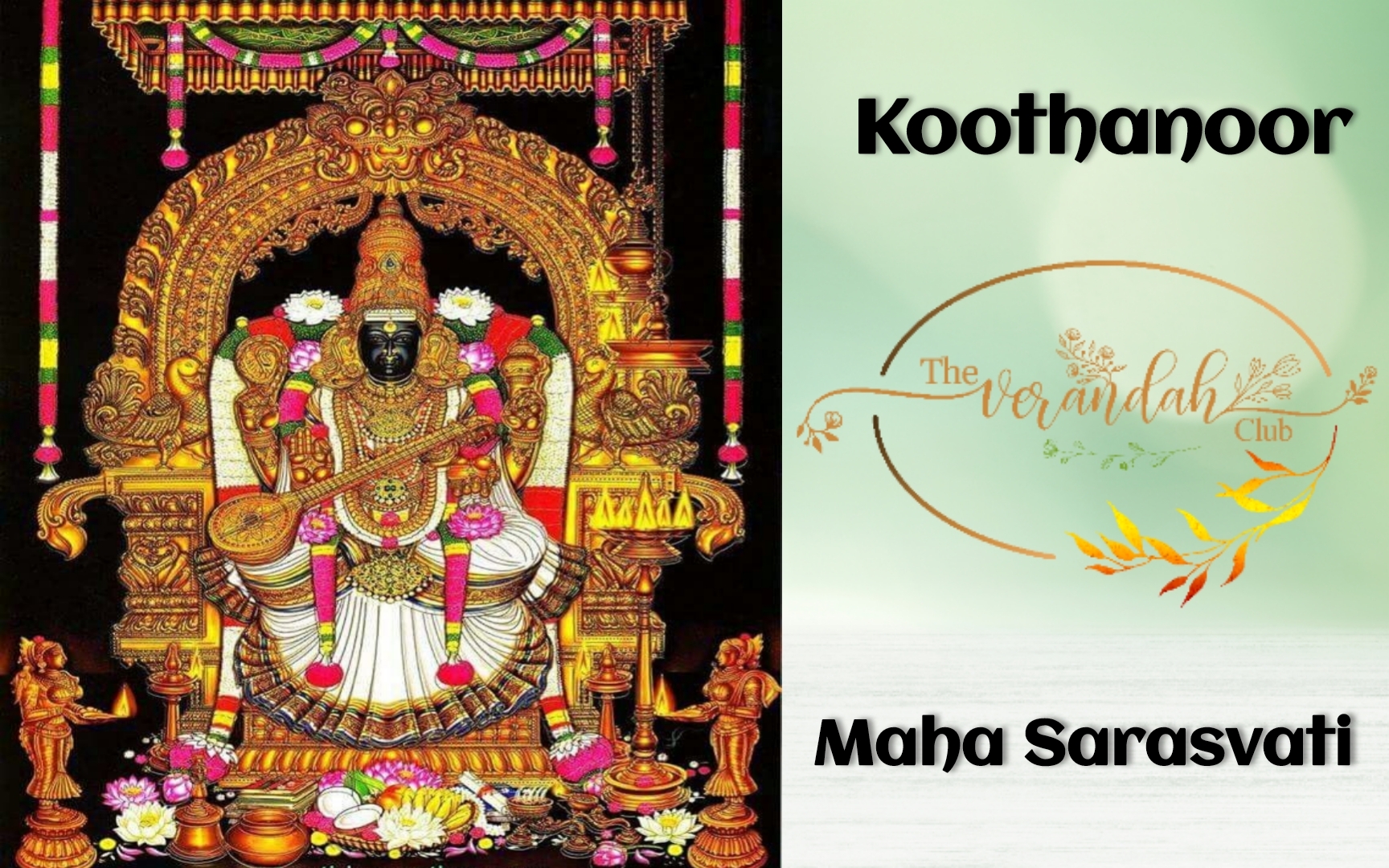
May Sarasvati (the Goddess of Speech) protect me. She is the sole and true embodiment of what is taught in the Upanishads and is manifest (in the world) as name and form.
May that Sarasvati protect me. She is the only deity sung of in the four Vedas together with all their ancillaries, is the one without the second and is the power of the creator.
She, who ever exists in the form of letters, words, sentences and their meanings, without beginning, end or limit, may that Sarasvati protect us.
- Sarasvatirahasya Upanishad
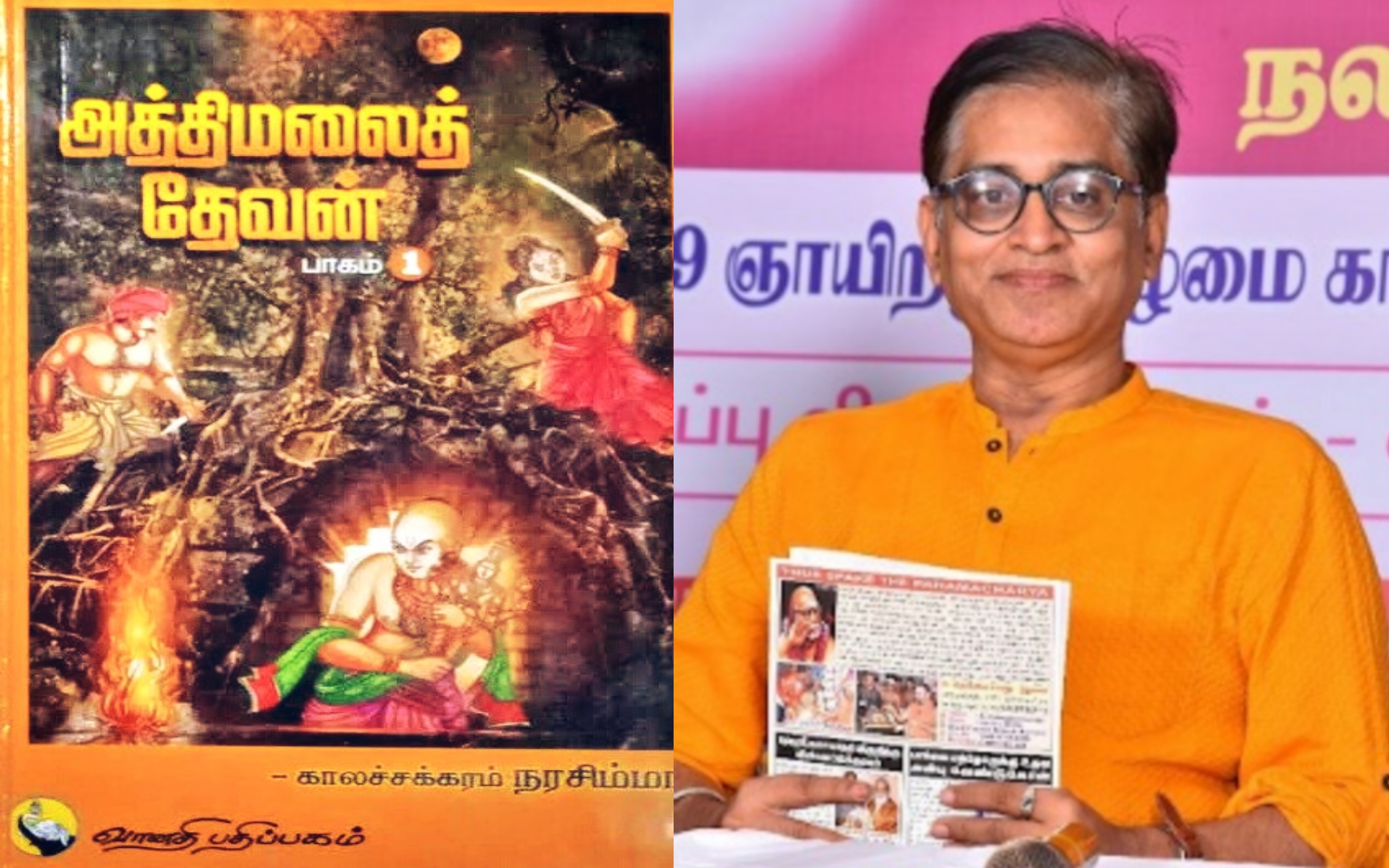
According to the well known author, Kala Chakram Narasimha, Kanchipuram has been the home to the Adi Sarasvati temple. He has written a lot about Kanchipuram in his magnum opus, ‘Atthimalai Thevan.’ India is known as the ‘Land of Seven Rivers.’ It is interesting to know that Sarasvati is associated with the number seven. This association has been there from the Vedic times. The river Goddess, Sarasvati is associated with seven rivers. It is also said that these rivers purified the divine drink, Soma. According to the Rig Veda, seven saints performed a sacrifice on the banks of Sarasvati.
The seven rivers are known as Sapta Sindhu – Indus/Sindhu, Jhelum, Chenab, Ravi, Beas, Sutlej, and the divine Sarasvati. River Sarasvati had once been a big river and had become insignificant over time. The Sarasvati civilization was located within the vicinity of this river. The Maathru Gaya Kshetram is located in Siddpur. This pious place is located on the banks of the river Sarasvati. People interested in offering rites to their mothers, visit this holy place. The Uttaradi Mutt has a centre in this holy location. The above points have been shared in order to create an awareness about Goddess Sarasvati and the ancient Sarasvati river civilization.
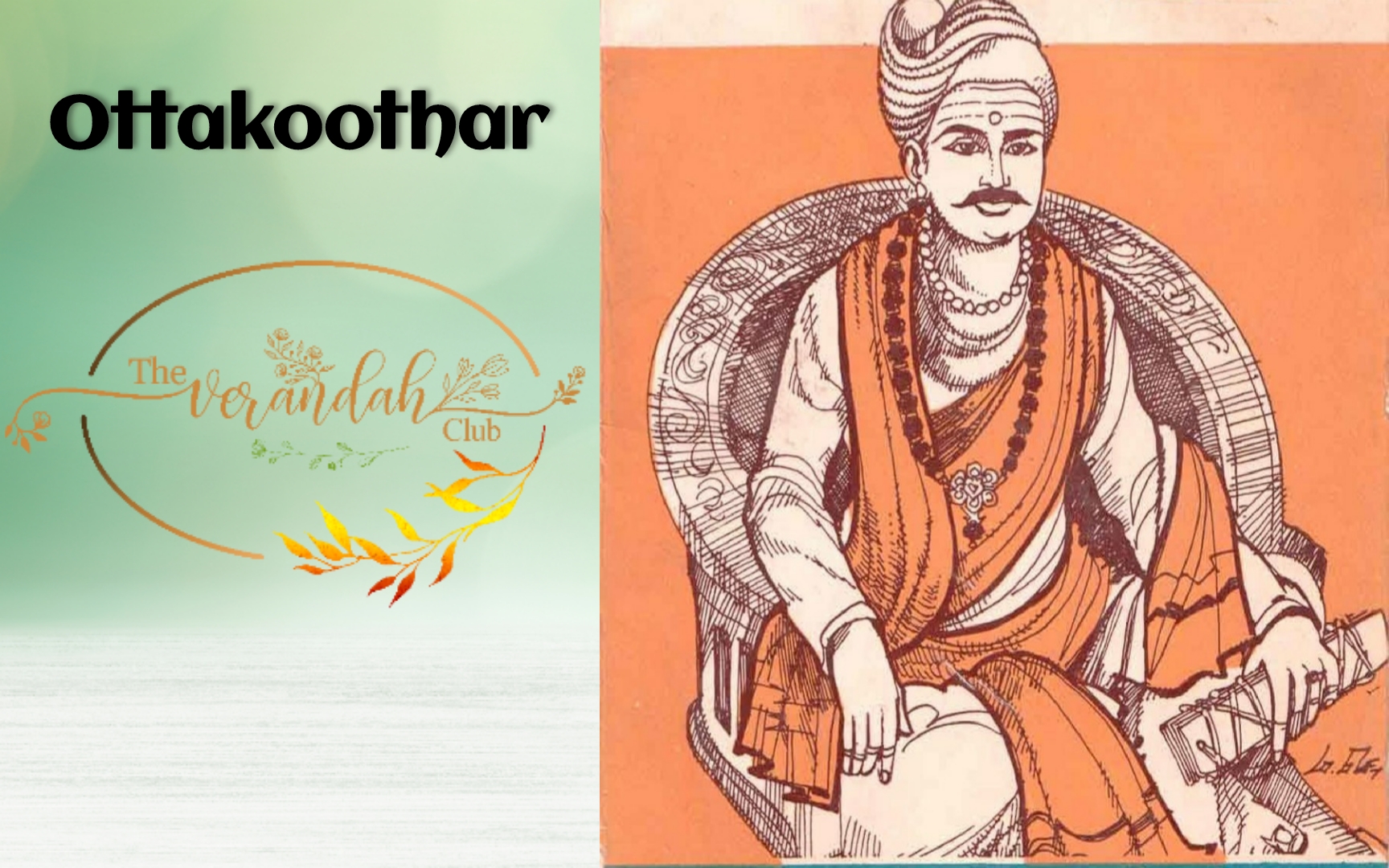
Sarasvati has a number of popular shrines. The most well-known amongst them is the one at Koothanoor in Tamil Nadu (India). Varakavi Ottakoothar was a port in the court of Vikrama Chola (1120 – 1135 AD). He had also served as the Tamil teacher to Kulothunga II (1135 – 1150 AD) and Raja Raja II (1150 – 1173 AD). Ottakoothar was the only Tamil Poet Laureate to serve three generations of the Chola dynasty.
Ottakoothar undertook a rigorous penance invoking the blessings of Sarasvati in order to acquire the power of spontaneously composing poetry. The Goddess was pleased and she blessed him with the power and also agreed to stay permanently on the banks of River Arasalaar. The devout Chola ruler fulfilled the wish of Poet Ottakoothar by constructing a beautiful temple for Sarasvati at Koothanoor.
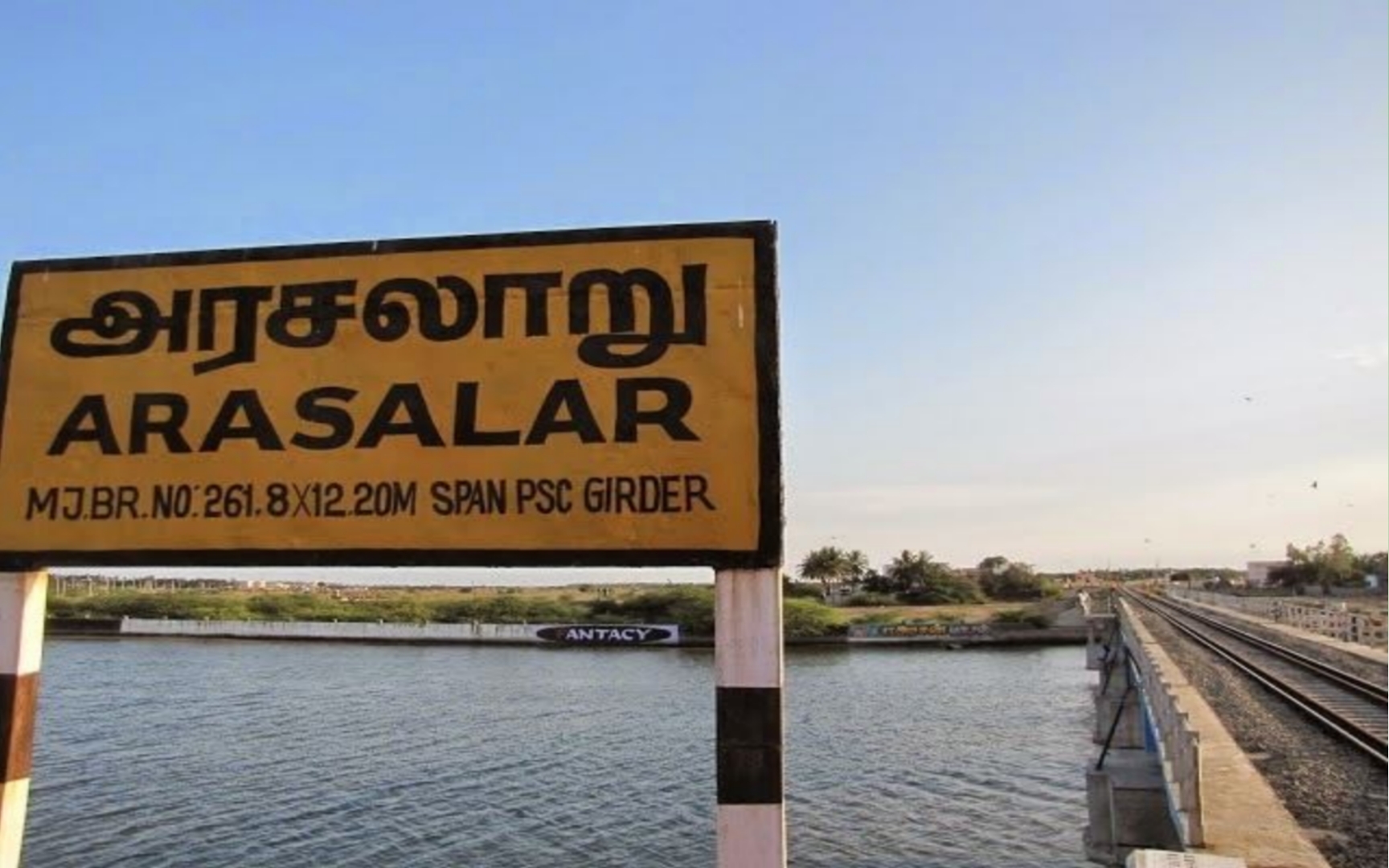
Records say that a village was granted to Ottakoothar in recognition of his services. In the work, ‘Takkayagapparani' Ottakoothar describes Sarasvati as Aatrangarai Soll Kilathi (The one who dwells on the banks of the river). This is obviously referring to the Sarasvati temple at Koothanoor. One inscription near the main entrance of the temple refers to the renovation work carried out by one, Purushotthaman in 1492 AD. He had undertaken the renovation as a token of gratitude to the Goddess who had blessed him with the powers to compose poetry spontaneously.
The Sarasvati Pooja is celebrated here and children are initiated into learning on Vijaya Dashami. The devotees are allowed to perform the Pooja all by themselves. In order to make it convenient for the devotees, the flowers decorating the feet of the Goddess are extended up to the Ardhamandapam. This practice is quite rare and is not found elsewhere. Devotees purchase pencils and notebooks and place them at the feet of the Goddess. This is later given to the kids at home.
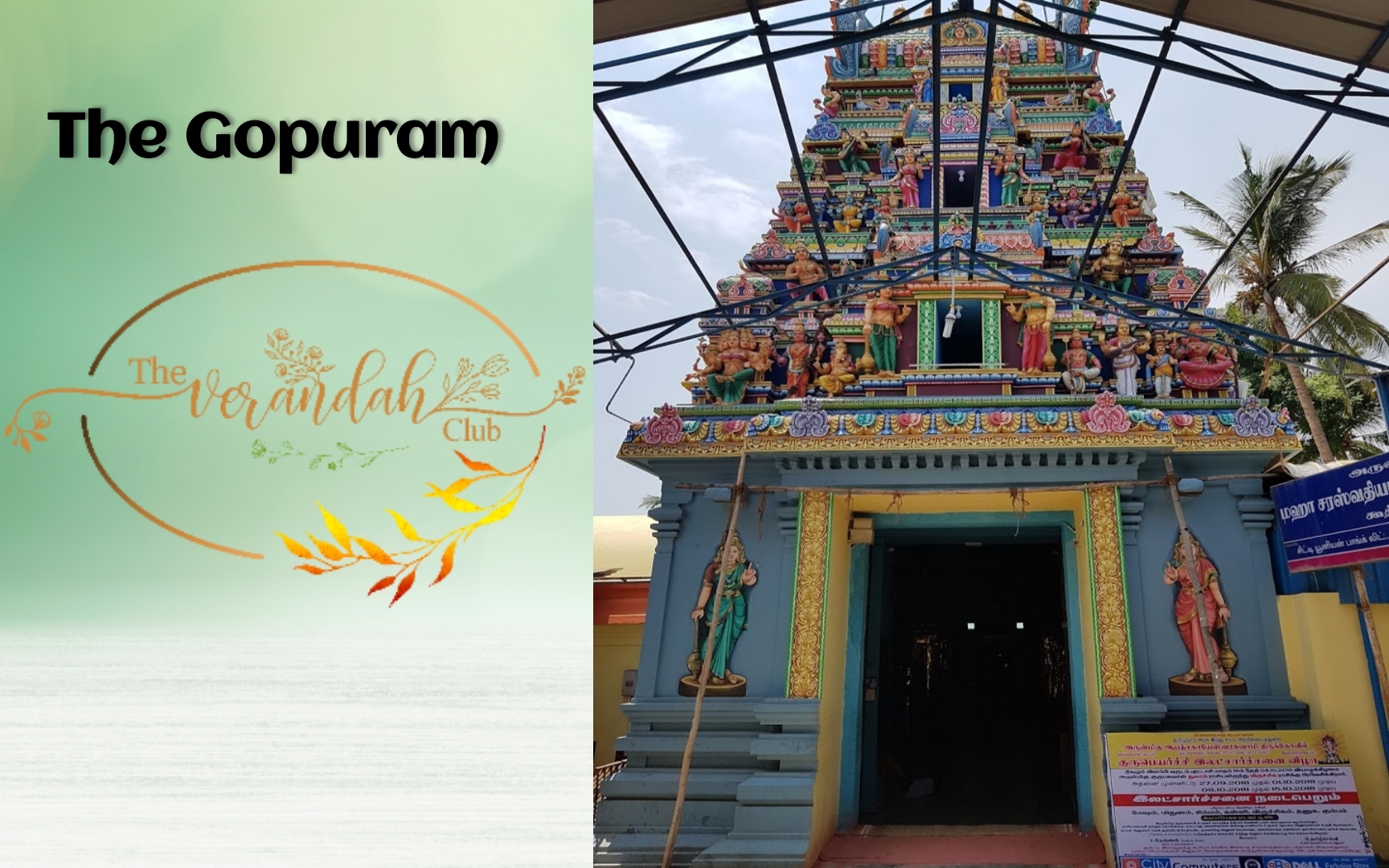
The Chola architectural style has been used in the temple. There is a compound wall with a singular Prakaram, Gopuram, Yaagashala, Vaahana Mandapam, and Ardhamandapam together with the images of Linga, Brahma, and Vinayaka. Inside the sanctum, Goddess Sarasvati is seated on a Lotus with four hands. She holds the Veena and shows the Abhaya and Vara Mudras. She is worshipped as Nyaana Sarasvati at Koothanoor.
The term, Aatrangarai Soll Kilathi would also indicate that Sarasvati was enshrined also on the banks of River Sarasvati. Koothanoor had been named after Ottakoothar. It is believed that the sacred rivers like Ganga, Yamuna, and Sarasvati are present in the River Arasalar. So this river is thus known as ‘Nyaana Prayag.’ Kambar, the author of ‘Kamba Ramayanam’ had offered his prayers at the Koothanoor Maha Sarasvati Temple before he commenced to write the text. The Goddess came in the guise of an old woman and helped the Tamil Poet Kambar to escape the punishment ordered by the king. White Sarees and White Lotus flowers are offered to the Goddess Sarasvati. It is believed that the Goddess of Speech rectifies speech defects.
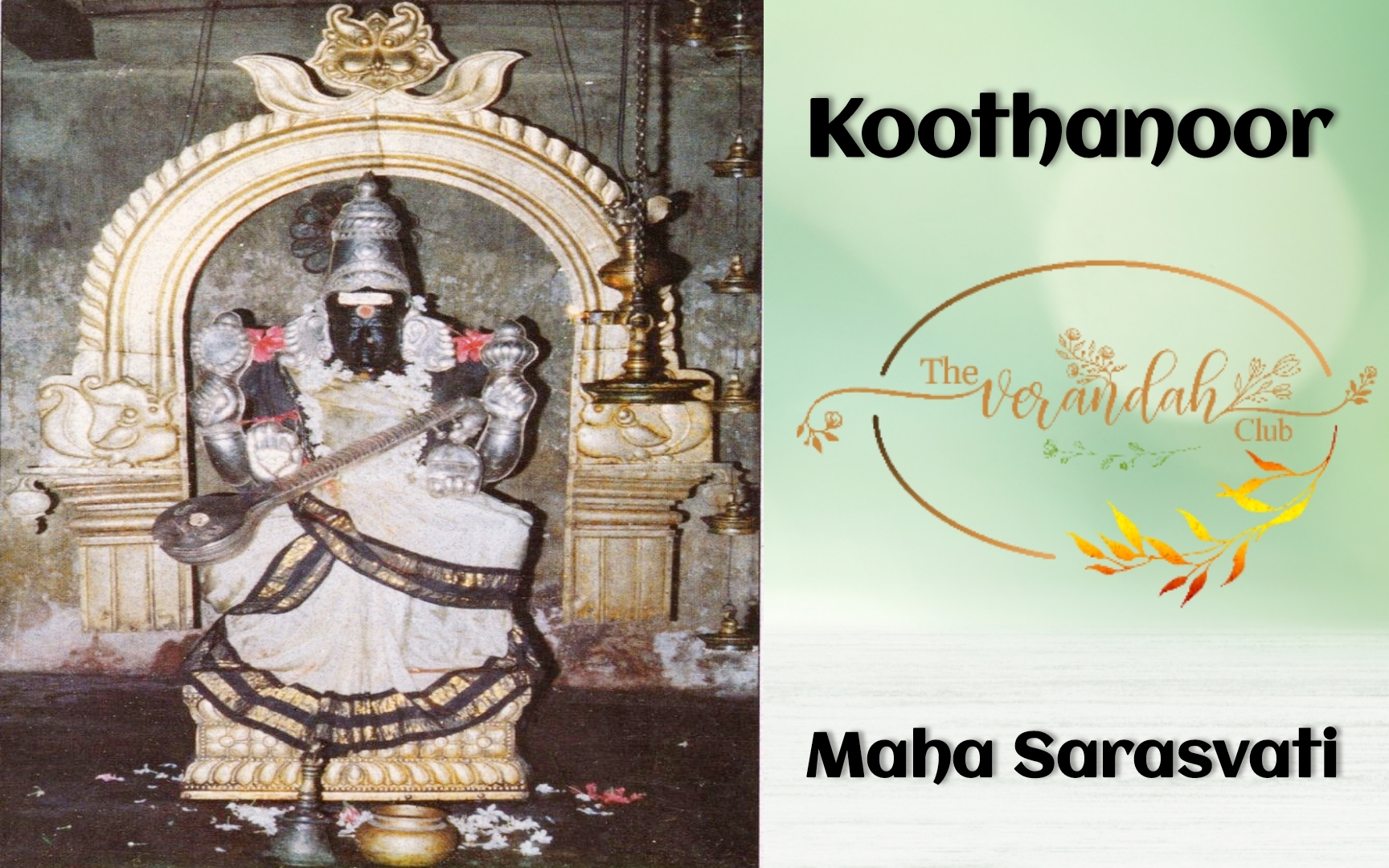
Sarasvati has been found using different Vahana-s at various times which included, Swan, Peacock, Ram, Bull, Serpent, and Lion. But the Swan happens to be the most prominent. However, Goddess Sarasvati is found seated on a lotus in Koothanoor and this is similar to Goddess of Wealth, Lakshmi who is also seated on a lotus. Do we not use the phrase, ‘Wealth of Knowledge’?!

Mr. Rajesh Govindarajulu is one of the founding members of the Verandah Club Pvt. Ltd. He is a leading columnist, historian, jeweler, entrepreneur, and a heritage enthusiast who is earnestly working to revive the past in the light of the present. Experiential learning about the history of Coimbatore is his main course of interest and he is also a panel member of many colleges in the city.
NEXT ARTICLE
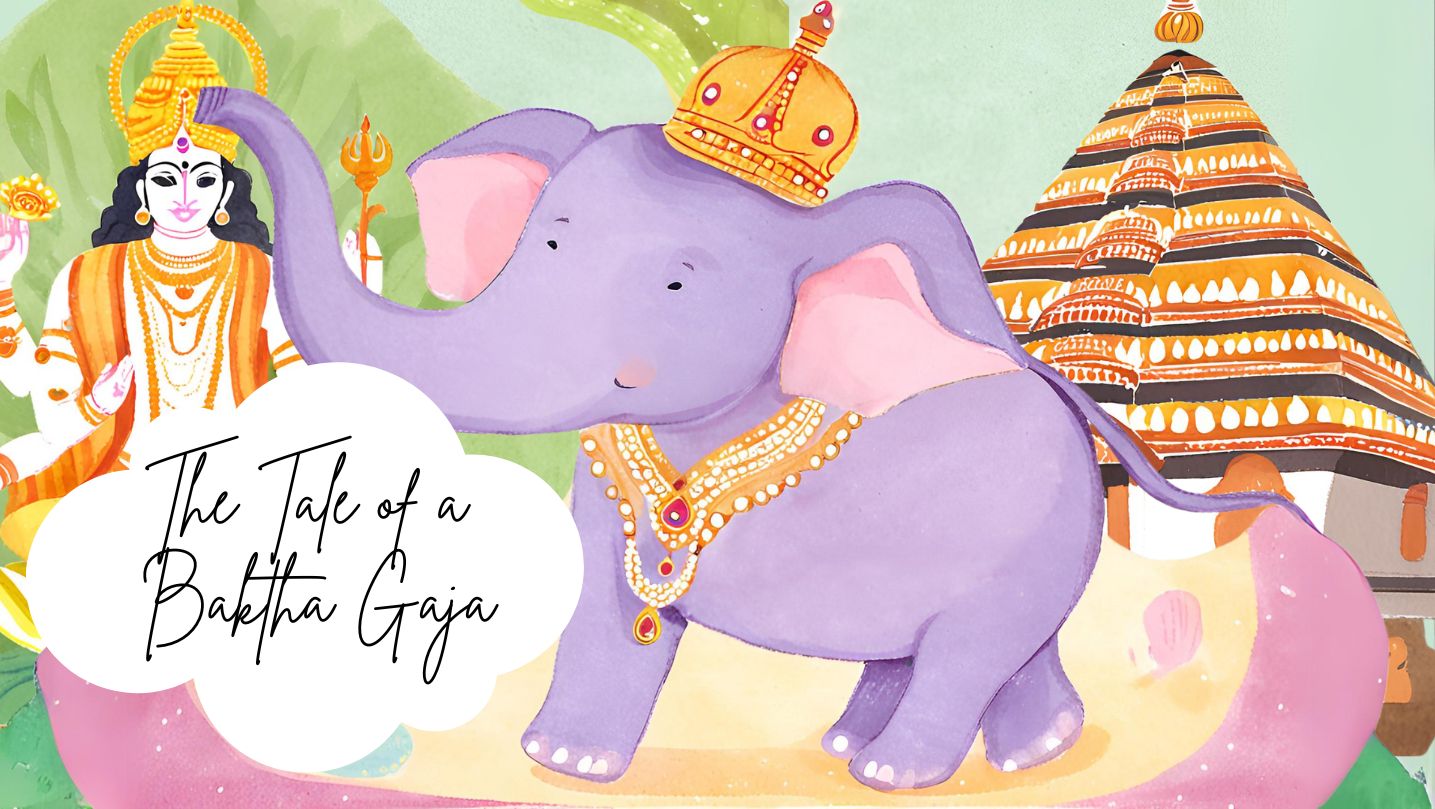
In the lush, green heart of Kerala lived an elephant who became a living legend - a tale of an elephant turned into a bakth. His name was Keshavan, bu...
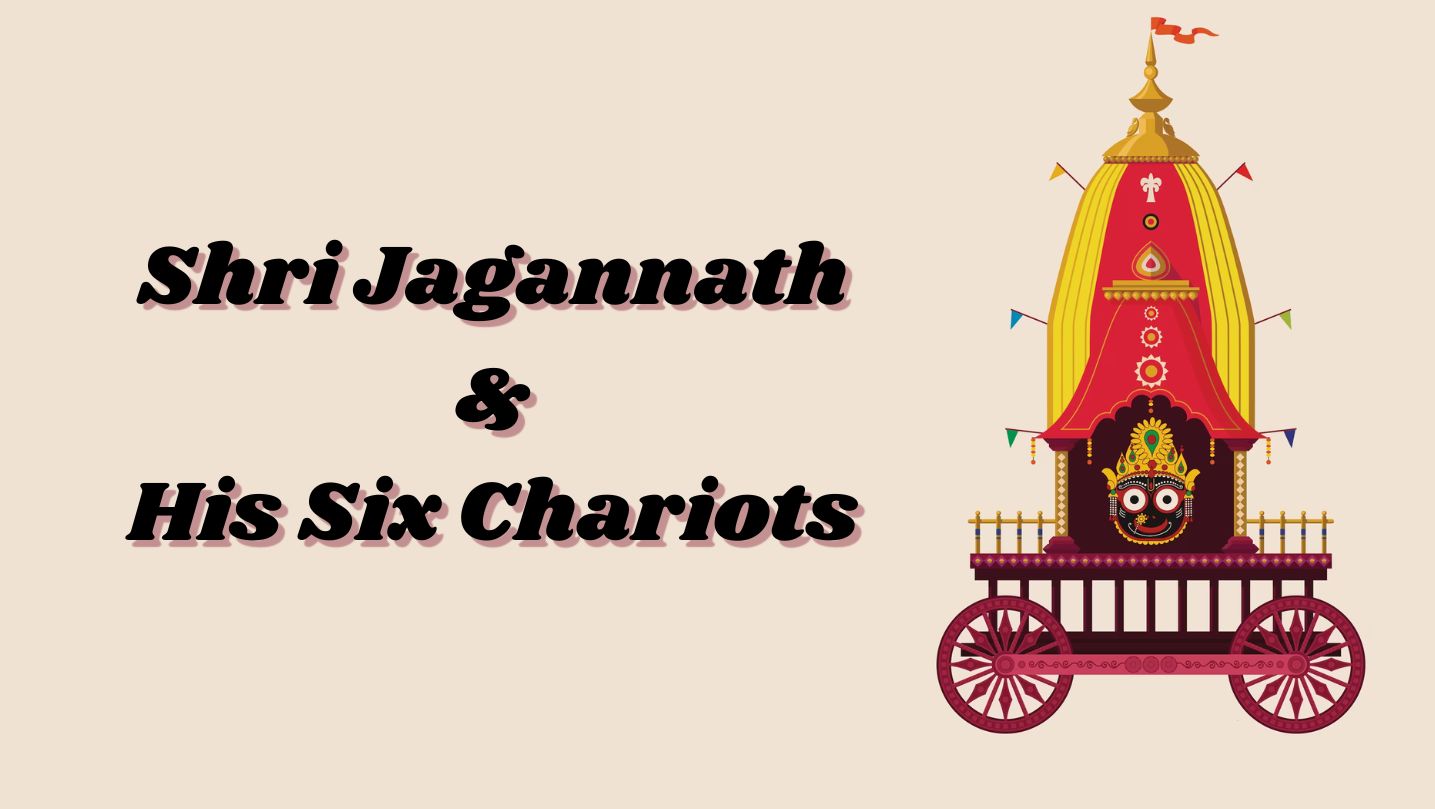
The Chaitanya Charitamrita by Shri Krishna Das Kaviraj provides a vivid description of the operations management of Shri Gundicha Yatra during the tim...
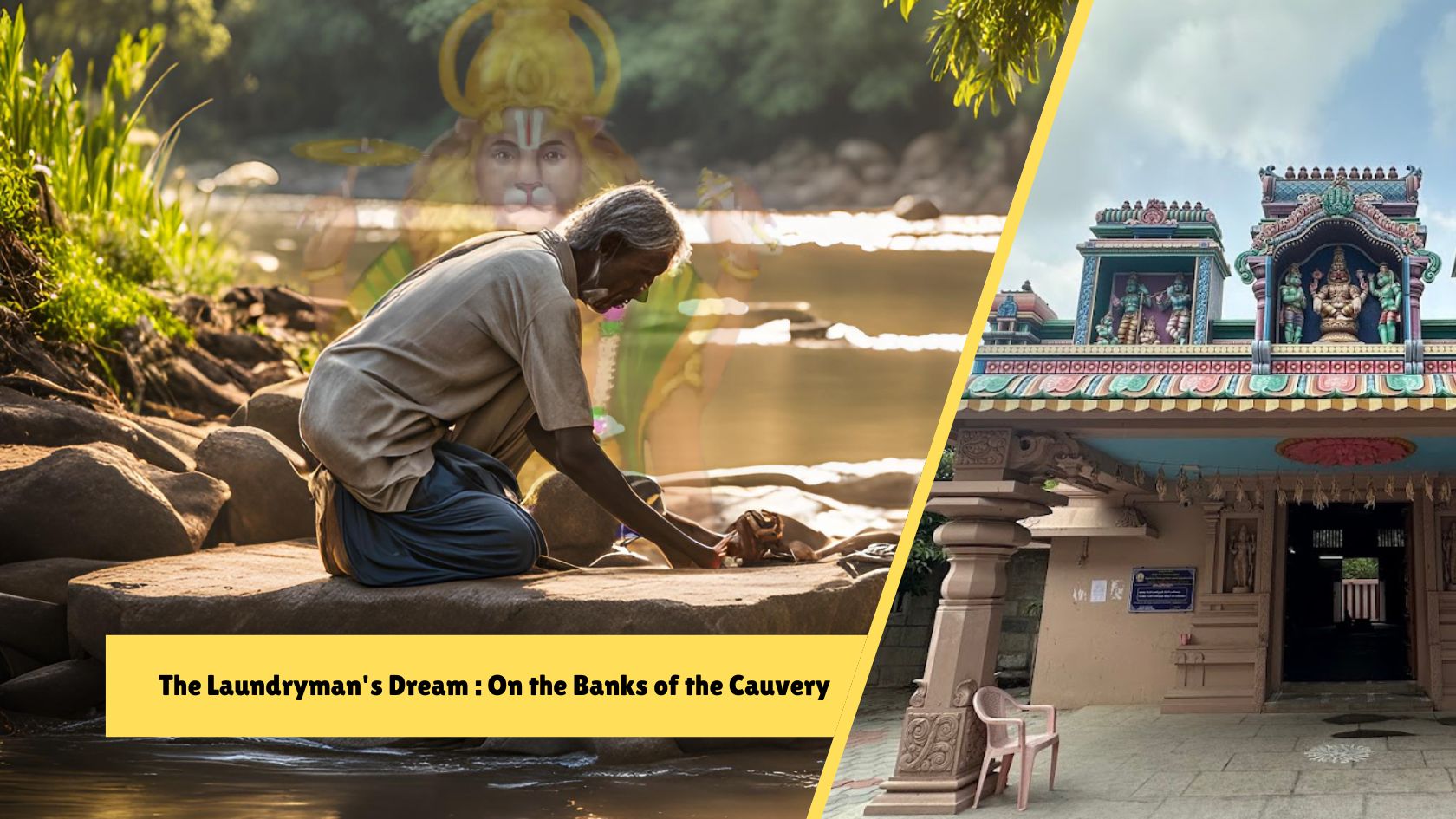
The sun beat down on my back as we stepped out of the car, the air thick with the humidity of rural Tamil Nadu. Chinthalavadi, a small village nestled...